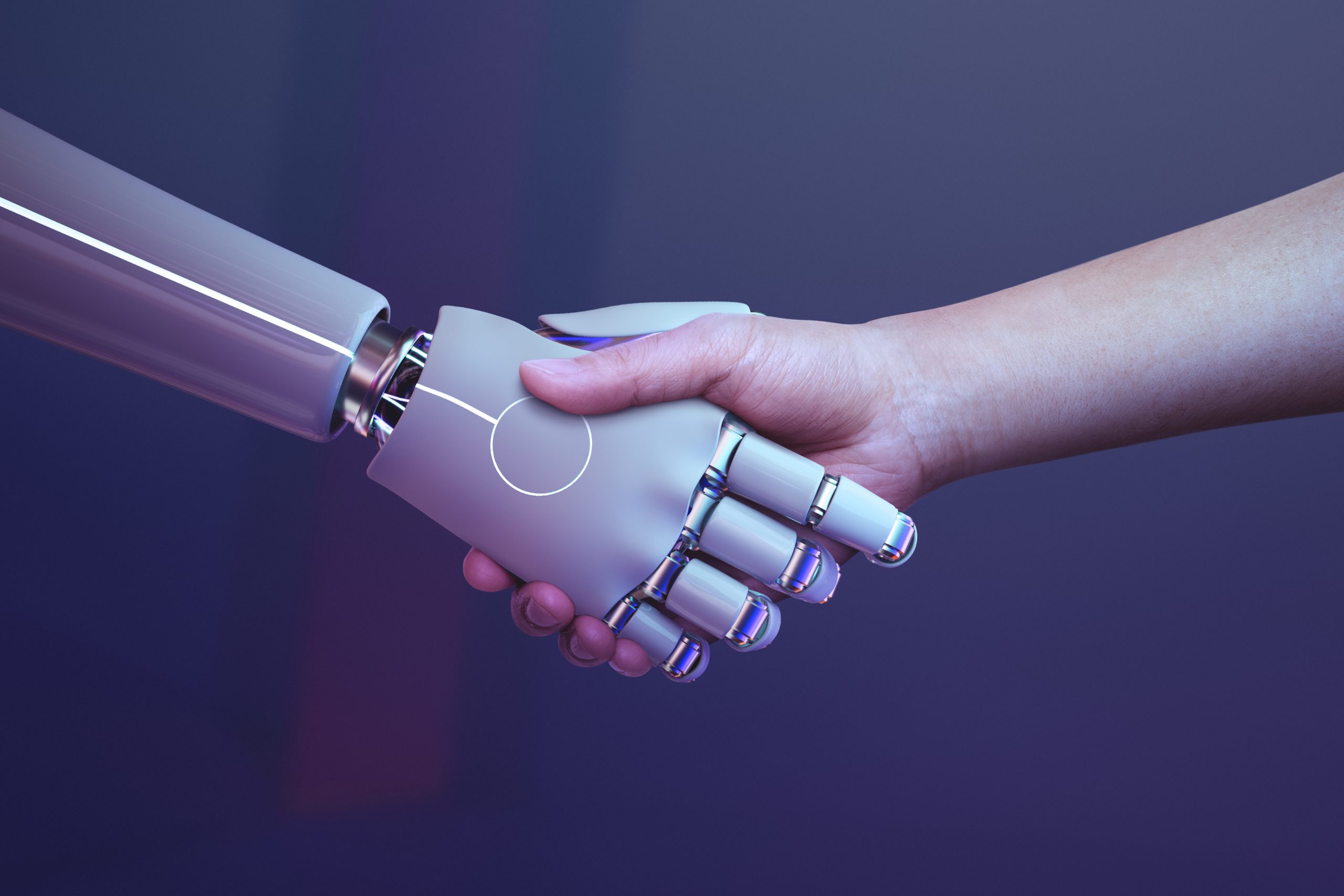The world of artificial intelligence represents the cutting edge of technology today. Scientists are making constant strides that seek to diminish the gap between human intelligence and artificial intelligence, with AI-powered robots yearning to experience the joys of motherhood, AI companions you can download to your phone, and—of course—AI translation software.
It is undeniable that AI translation has come a long way in recent years, and the results can sometimes rival that of human translators. But has AI translation software truly rendered human translators obsolete? Not quite yet.
Contemplating this topic, I am reminded of my French teachers throughout high school and college, who would constantly remind us that they could easily discern whether an essay had truly been written directly in French, or whether it had been written in English first and hastily translated online. Now, comparing current AI software to a college student using Google Translate to finish a French essay an hour before it needs to be turned in is not entirely fair; however, the basis of the point is still valid: language is all about nuance, and it is in this nuance that we find the continued value of translators.
When choosing the right word to use, a writer must consider the denotations and connotations of a word, along with the context and audience of the piece they are writing. A good translator must go through the same process when they translate a piece of writing. They must find a way to convey not only the technical meaning of a word or phrase, but also the many layers of implied meaning that are often present. In this way, translation is as much an art form as writing is.
A translator can understand and think about a piece of writing, then use that understanding to help them convey the true heart of the piece in their translation. They bring with them a lifetime of first-hand experience, and a profound experiential understanding of both the source language and the target language which results in a translated piece that retains the nuance and complexity of the original version.
Software can also be temperamental, and depending on the type of software used, results can vary depending on factors such as the length of the sentences, or the author’s use of figurative language that does not make sense when translated directly.
AI translation software can be a very powerful tool when used in conjunction with a real human translator, but it is not quite capable of doing the entire job on its own. Someday in the future, AI may render all of our jobs obsolete, but for now, the best way to ensure that you are getting a translation that preserves the nuanced meaning of your content in its entirety is to use human translators to do a final revision of your AI translation. One way this is done is through the process of post-editing. Post-editing is the process by which translators use Machine Translation (MT) tools to assist with the bulk of the translation, then apply their own expertise in revising the diction and syntax of the machine-created content to produce top-notch translations more efficiently.
At Trusted Translations, we care about your content, and we know that your audience deserves to experience that content in its truest form. Creating high-quality translations that capture the potential nuance of your written content is not easy, but it is essential. That is why we embrace the future of AI translation capabilities, while continuing to recognize the value of real human translators to provide you with reliable translation services that do justice to the content you create.
Photo credit: Robot hand photo created by rawpixel.com – www.freepik.com

